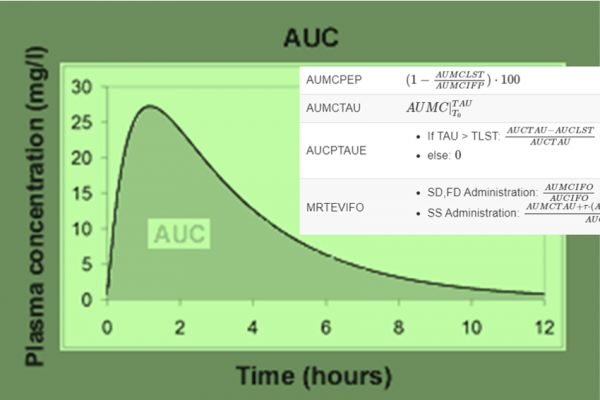Health Economics in R
The Customer
Our Customer is one of the top 5 largest pharmaceutical companies discovering and creating advanced innovative therapies to meet the health needs of people and societies around the globe. Their tens of thousands of dedicated scientists, manufacturing specialists, researchers, communicators, and regulatory experts are each focused on developing new products and new ways to help people manage some of the most serious health conditions.
The Challenge
Health economic decisions rely on the evaluation of complex systems. The complexity demonstrates itself in several aspects: (1) each patient might be affected by a series of different events that render possible future consequences more-or-less probable, (2) the target population for a therapy may be quite different from the overall population and, (3) several alternative therapies might be available that have specific advantages and disadvantages, both in terms of cost and utility. It is the complexity and multitude of possibilities that makes modelling and simulation an indispensable tool for decision making in health economics.
Customer’s goal was to develop a health-economic modeling and analysis framework that would allow to simplify and standardize the description of health economic models and analyses across the organization, aiming at easier model sharing and increased trust in the developed models and analysis results. An open-source based approach was favored by Customer.
Why IntiQuan
IntiQuan team members have many years of experience in development of scientific analysis software across a multitude of different programming languages. They have intimate knowledge of corporate computational environments and regulatory requirements with respect to validation and qualification. IntiQuan always uses an Agile based approach to ensure the end-product meets the customer needs and allows a fast return on investment.
The Solution
In a collaborative and interactive approach, IntiQuan developed the RHEM R library for Customer that implemented the following features:
- RHEM Language: intuitive model representation language with a rich vocabulary for DICE (Discreetly Integrated Condition Event), partitioned survival (PSM), Markov models and in-model documentation.
- Analysis Pipeline: DICE simulation engine capable of simulating DICE, PSM, and Markov models. Analysis functions to generate the typical results that are expected in a health economic modeling analysis.
- Interoperability Framework: JSON-based health economic modeling format for standardized model representation and interface functionality to other modeling tools (Excel and heRo3).
The Benefit
The RHEM R library created by IntiQuan has facilitated the process of setup, simulation, and analysis of health economic models, making it quicker, easier and more efficient for analysts at Customer. This was all done within a single R package using a well-designed model representation and analysis language. In addition, the model representation facilitates the understanding of the model by reviewers and sharing of models between analysts and other parties.
More Information
- The RHEM R library is available as open source R package from HERE
- 2021 might be the year in which development continues




